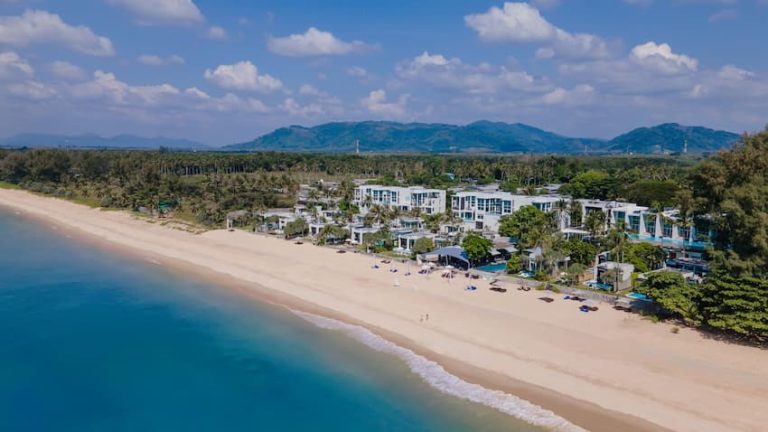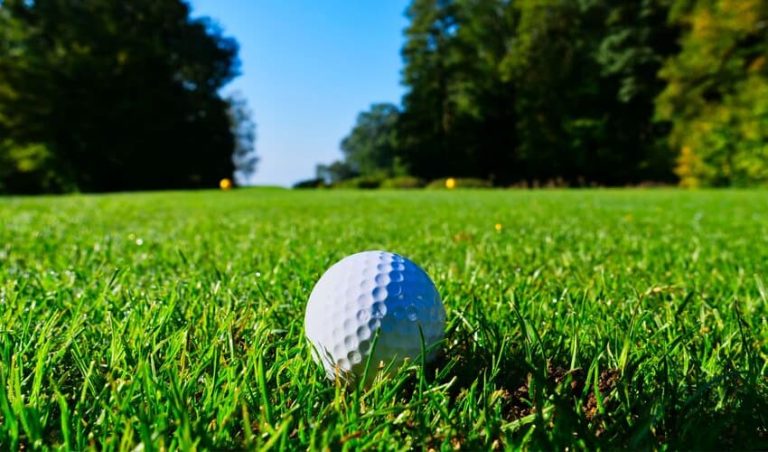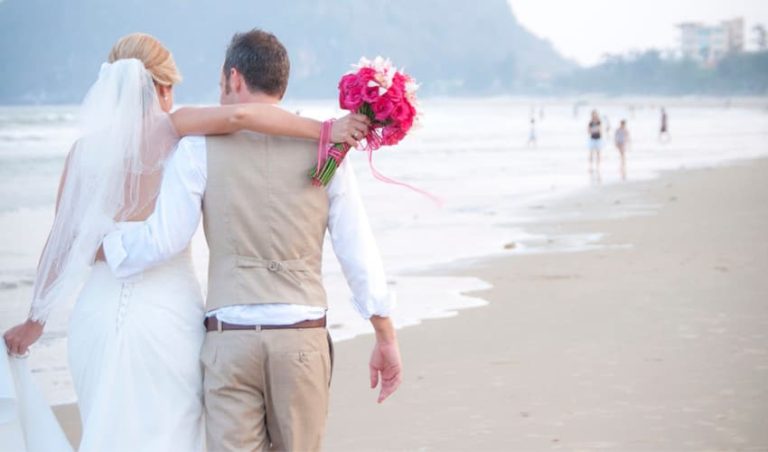COVID infection targets the lungs and sometimes the whole respiratory system.. With the emergence of various vaccines, we expect the infection curve to take a different pattern in the coming months.
One of the possible paths to recovery is restoring the lung function for normal respiration.
Breathing recovery exercises from COVID-19
1. Diaphragmatic Breathing (Belly Breathing Exercise)
When recovering from COVID-19, it is crucial not to overwhelm the respiratory system with intense exercises. Belly breathing exercise has positive results when done gradually, in phases. This enables the gradual restoration of the lung exercise since individuals suffer varying damage extent to the lungs. The stages of this exercise also cater to one’s capabilities during recovery. While most patients demonstrate general signs of fatigue and weaknesses, some are strong enough to go through all the phases of this exercise with ease.
Diaphragmatic breathing exercise targets to restore lung function by strengthening the diaphragm. Start with the first phase and proceed to the other when not experiencing any breathing difficulties such as shortness of breath.
1st Phase: Take Deep Breaths While on Your Back
Taking deep breaths while lying on your back, strengthens the diaphragm muscles to hold more air for normal breathing patterns. If you always do sit-ups, you will have no difficulties adjusting to this exercise position. You can achieve the best results when doing the exercise from a flat surface, probably a mat on the floor. Follow these simple steps:
- Lie on the stomach with hands wrapped around the head to give the diaphragm more room for movement when breathing.
- Seal your lips and place the tongue on the mouth’s roof.
- Breathe in through the nose and allow the air to flow down the stomach. If you experience any difficulties, you can force the air down the abdomen by pushing into the exercise mat as you breathe.
- Gradually exhale through the nose to relax the diaphragm.
- Depending on how easy you find the exercise, repeat the above steps for another minute.
2nd Phase: Take Deep Breaths While on Your Stomach
Deep breaths while lying on the stomach also targets the diaphragm muscles, but now from a different angle. This phase should be easier than the first one. In the same exercise mat, lie flat while facing down and follow this procedure:
- Wrap your hands around the head while lying flat on the stomach to allow more room for the diaphragm’s inflation and deflation.
- Seal your lips and place your tongue on the mouth’s roof. This will allow you to focus on inhaling through the nostrils only.
- Breath in through the nose. If you experience slight difficulties, you can push the stomach into the mat to force air down the respiratory system.
- Exhale your breath gradually through the nose to deflate the diaphragm as much as possible.
- You can also repeat the above steps for another minute, depending on how easy you find the exercise.
3rd Phase: Take Deep Breaths While Sitting
Deep breaths while sitting can be pretty straining, depending on the infection stage. You will need to do this exercise while sitting in an upright posture. Thus, get a sitting surface where you feel more comfortable and follow these steps:
- If you can’t find a study chair in your self-isolation room, sit upright on the edge of your bed with the feet firmly on the ground.
- Place your hands around the stomach sides to feel how deep your breaths can go. This trick also allows you to focus on the breathing patterns.
- Take a deep breath through the nose and force air down the stomach as you spread your fingers apart with every breath.
- Repeat these steps for another minute if you are not experiencing any difficulties.
4th Phase: Take Deep Breaths While Standing
Taking deep breaths while standing has the same effects when sitting. The only difference is that it can be more complicated since you need more strength to support the body while forcing air down the stomach. Follow this procedure:
- Place the hands around your stomach walls.
- Close the lips and place your tongue on the mouth’s roof.
- Take a deep breath through the nose and force your breath down the respiratory system while spreading the fingers apart with every breath.
- Exhale your breath gradually through the nose as you release your fingers from the stomach walls.
- Repeat the above steps for another minute or more to improve results.
2. Humming Exercise
If the belly breathing exercise is somewhat complicated, you can try humming. Humming activities enhance nitric oxide production in the body for improved blood circulation. Nitric oxide is rich in plasticity properties to dilate the blood vessels for more oxygen delivery. Breathing will be much easier if more oxygen circulates in the body.
Nitric oxide can also help in building and repairing the nervous system. Besides enhancing breathing, humming exercise induces a calming and soothing effect to relieve stress and help you stay in restoration mode. Follow these simple procedure to perform the humming exercise:
- Get a comfortable place to sit in an upright position. You can settle on a sturdy chair or sit on the edge of your bed.
- Place your hands around the stomach walls. Cross your left and right hands to give the diaphragm enough room to move freely.
- Close your lips with the tongue on the mouth’s roof. This will prevent you from letting in air through the mouth even if you feel the urge.
- Breathe in through the nose and force your breath down the stomach until you feel the hands moving outwards. In that case, spread the fingers apart with every breath.
- Once you can’t take in any more air, hold your breath and exhale while humming. Your lips should remain closed when making the humming sound.
- Repeat the procedure once again. You can do it anytime you feel like exercising but don’t strain yourself.
3. Yawn to a Smile Exercise
Yawn to a smile exercise is beneficial in many ways since it involves active body movement. The activities open more room for the diaphragm to expand and contract freely. Regular yawning to a smiling exercise will also enhance coordination and build more muscular arm and shoulder muscles.
Follow this procedure when doing the exercise:
- Get a comfortable place to sit upright; it can be on the edge of your bed or a sturdy chair.
- Spread out your arms as you bring them overhead. Coordinate this movement process with a wide-stretching yawn.
- Hold on for a few seconds before bringing the arms down. End with a bright smile for up to three seconds.
- Repeat the steps for about a minute or more if you can sustain it.
4. Prone Breathing Exercise
While proning is common for patients receiving treatment in isolation wards, you can also practice prone breathing while recovering at home. Breathing from a proning position enhances the removal of secretions which in turn encourages more oxygen circulation. This exercise can also expand the dorsal lung region to enable you to breathe with little to zero difficulties.
You can practice prone breathing exercise in the following steps:
- Place one large or two middle-sized pillows on a comfortable surface. It can be on the bed, couch, or an exercising mat.
- Lie straight with your stomach facing down. Ensure that the two pillows are under your hips.
- Place another small pillow or wrapped towel under the head to support an upright position.
- Breath heavily to force air down the respiratory system while maintaining an upright head position.
- For better results, maintain this breathing position for about an hour. You can take short breaks if you’re experiencing any difficulties.
5. Chest Wall Stretching Breathing Exercise
COVID-19 infection causes your respiratory muscles to contract hence the pain and difficulties when trying to breathe deeply. Chest wall stretching breathing exercise helps reduce the chest walls rigidity to allow the lungs to accommodate more air. In the long haul, it will improve your respiratory patterns to restore normal breathing.
Follow these steps to practice this exercise:
- Stand in an upright position between any wall in your house. It can be your washroom or doorway halls, whichever is within the closest reach.
- Bend your elbows, and place the forearms on the sides of the wall. Aim to maintain this position at 90 degrees angles for better results.
- Stretch the upper part of your body by making a small forward step. Maintain this movement until you feel the chest stretching past the shoulders.
- Bend your elbows again and repeat the same stretch now at 120 degrees angles.
- You can perform this exercise in multiple daily sessions of about a minute each.
6. Quadruped Breathing Exercise
Lastly, you can also perform the all fours belly breathing exercise to expedite the recovery process of COVID-19. This exercise is a bit demanding than all the above, and it will help if you don’t experience fatigue symptoms. The practice is ideal for shoulder dissociation to create more room for the lungs to expand freely.
Follow these steps for quadruped breathing exercise:
- Make yourself comfortable on a flat surface. Raise your body to stay upright on all four limbs.
- Round your back upwards towards the ceiling position to deflate all air in the lungs and contract the diaphragm. This should enable you to exhale fully.
- Hold this position for about three seconds or until when you feel like you can’t hold anymore.
- Inhale as you return your back to a regular straight position.
- Repeat these deep breaths for about a minute, multiple times a day to achieve better results.
What Are The Benefits of Breathing Recovery Exercises for COVID-19
All the above exercises entail deep breathing to give you control over your breathing patterns during the recovery process of COVID-19. It is also common to feel stressed and anxious when admitted to an isolation ward for COVID-19. Practising the above deep breathing exercises will help alleviate the stress symptoms to keep you in a light mood for a speedy recovery.
Other benefits of deep breathing exercises include:
- Enhancing Sleep Quality
Practising the above breathing exercises can guarantee improved sleeping patterns in the long haul. Remember, adequate sleep is critical in the recovery process of COVID-19. Deep breaths signal the body to detoxify and induce calmness. You’ll find yourself falling asleep after a few daily sessions.
You also get to improve your lung capacity and eliminate any breathing difficulties with time. It is easier to sleep soundly when your chest doesn’t produce whizzing sounds every time you try to take a deep breath.
- Increasing Immunity
You need a more robust immune system to enhance a speedy recovery from COVID-19. Developing other health conditions in the process can only worsen the situation. Deep breathing exercises improve oxygenation for the white blood cells and other vital organs to function optimally. Oxygenated blood circulation means fewer toxins and waste in the body for better absorption of vitamins and nutrients.
- Improving Blood Pressure and Circulation
Deep breathing exercises can help improve blood pressure by relaxing the body. You can also achieve optimal blood pressure when you are less stressed and anxious. All the above activities, which target the diaphragm, push blood flow towards the heart and chest muscles, improving the overall blood circulation.
Precautions to Have in Mind for These Exercises
It is critical to note that these exercises will only be beneficial if you don’t stress your body. While you might need a quick recovery and regular breathing, the above activities are not ideal if you experience severe COVId-19 symptoms and complications. Don’t attempt any exercise if:
- You experience prolonged fever. In that case, you would want to consult your doctor for close monitoring.
- You experience palpitations or chest pains. You can also feel as if the heat if fluttering in the chest.
- You have breathing difficulties like breath shortness even when doing no physical activity.
- Your legs swell to the extent that you feel pain.
You may also develop some complications during your exercise routine. In that case, you’d want to stop immediately and take a rest or seek immediate medical assistance if there is a need to. Stop any exercise activity if you experience the following:
- Unbearable chest pains
- Breathing difficulties
- Irregular heartbeat
- Abnormal fatigue
- Dizziness
- Clammy skin
If you experience any other symptom that you consider an emergency, call an ambulance for prompt medical assistance. Depending on how you respond to treatment, you might need an oxygen mask after attempting some exercises.
Wrapping It Up
A positive diagnosis of COVID-19 comes with fear and confusion. For over a year now, the pandemic is still relentless, claiming many lives globally. Following your doctor’s instructions together with these exercises, should steer you out of danger. Most importantly, don’t forget to self-isolate and minimize physical contacts, especially if you are yet to receive your vaccination. We wish you a safe, speedy recovery to reunite with your family. COVID-19 is a phase of life that will come to pass if we remain vigilant and adhere to all the safety and prevention protocols.
Related Articles
- Breathing Recovery & Immunity Boosting Programme
- Boosting Immune System During and After COVID
- What is Long COVID?
- 4 Main Areas of Wellbeing
- Wellness in Phang Nga
AYURAH SPA & WELLNESS CENTRE
33 Moo 5, Khok Kloi,
Takua Thung, Phang Nga
82140 Thailand
T: +66 (0) 76 580 339












